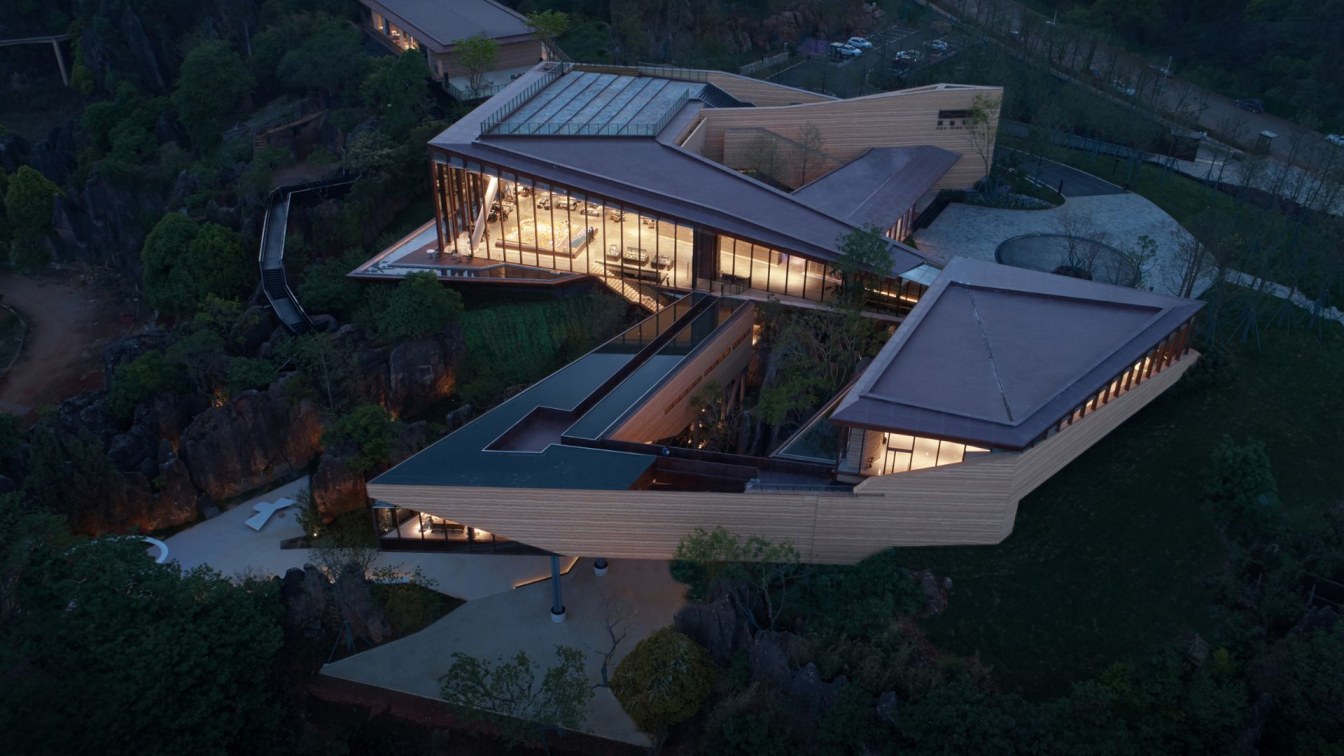
The art museum, situated in the west of Kunming City, is an important public building in the Cuifeng Ecological Park. The meaning of “Mountain & Sea” comes from its position, keeping away from the hustle and bustle of the city and appearing vividly on the mountain, as well as from its location at the north end of the Dianchi Lake system, with excellent landscape resources, and the city, water and mountains are all included in the sight. The strong site characteristics also contribute to the special art space.
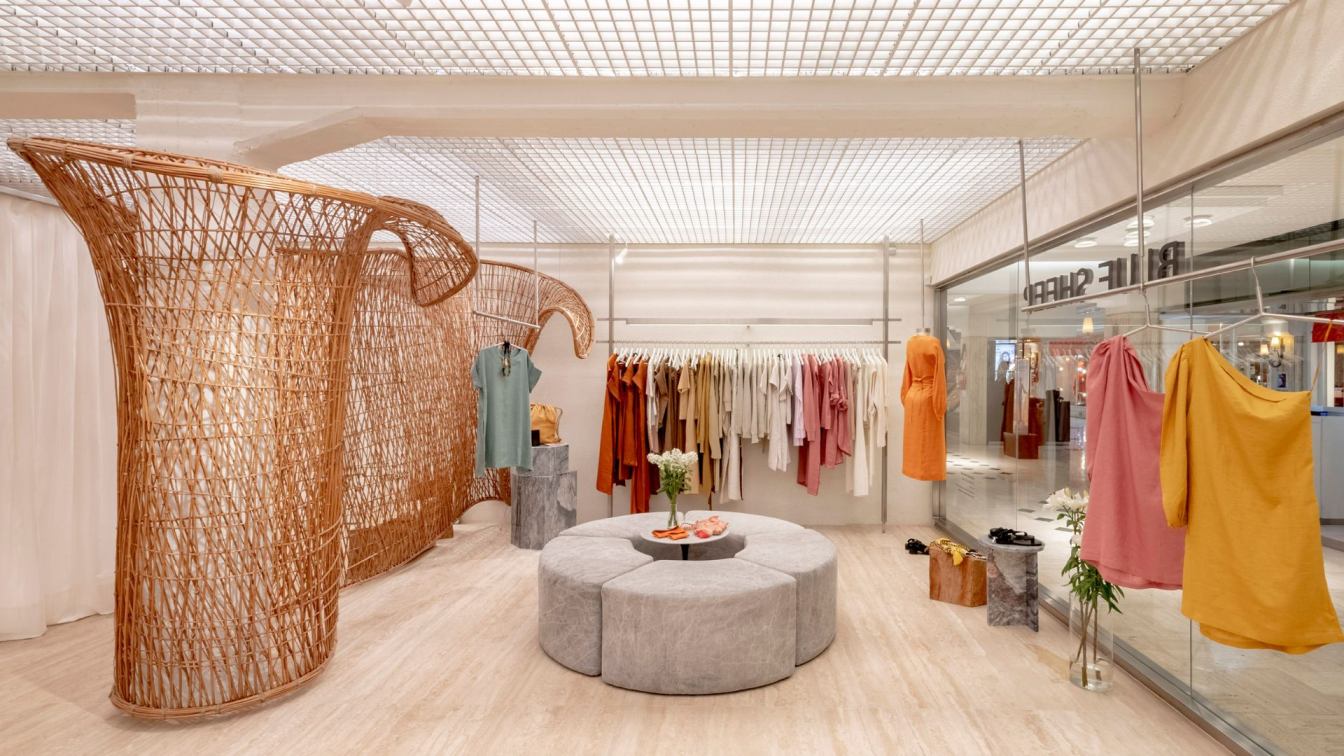
Dedicated to the design of women's apparel, Blue Sheep presents itself as an honest, national, and inclusive brand. Its products stand out for their elemental design, crafted with a minimalist approach. This same focus is translated into the interior of the store—a structure of clean lines that expresses the essence of the project. It features an orthogonal enclosure of white planes that synthesize and elevate the spatial expression of its elements. The project is conceived as an exhibition space for works of art.
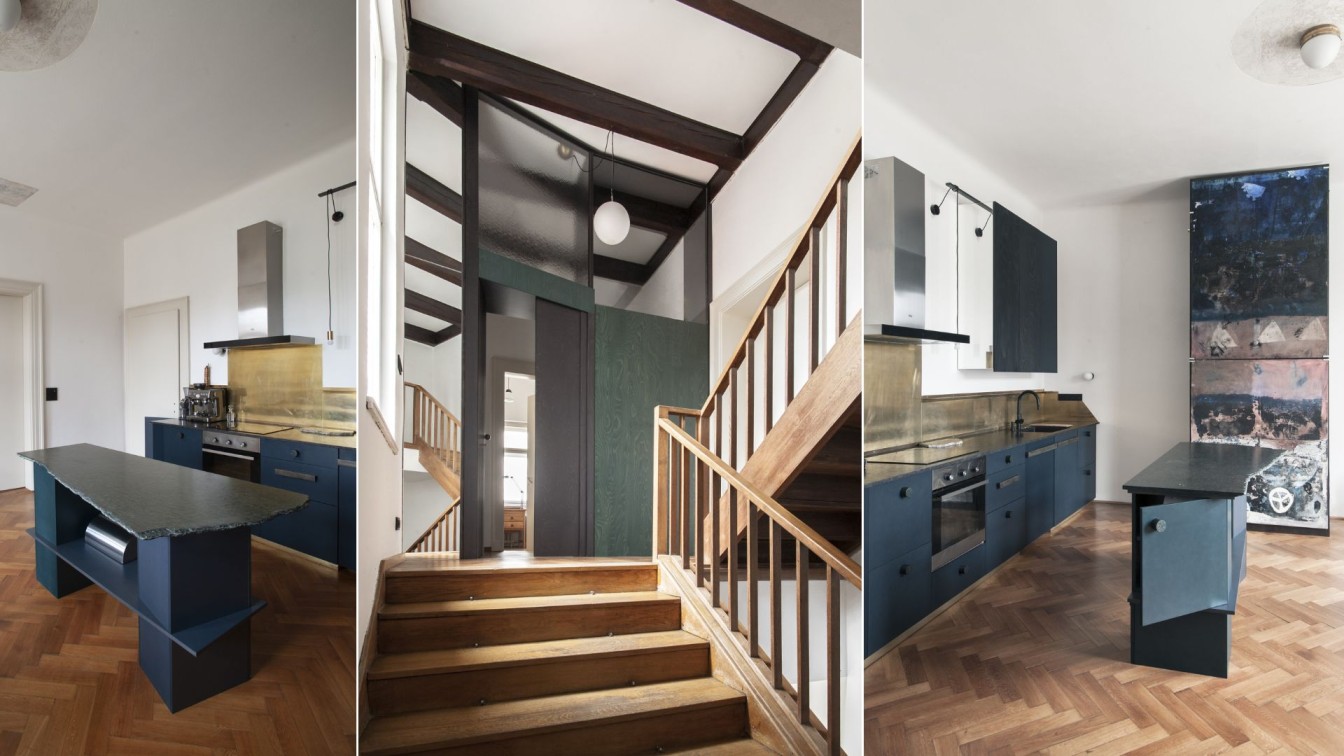
Complete refurbishment of a Secession villa apartment for a young couple.
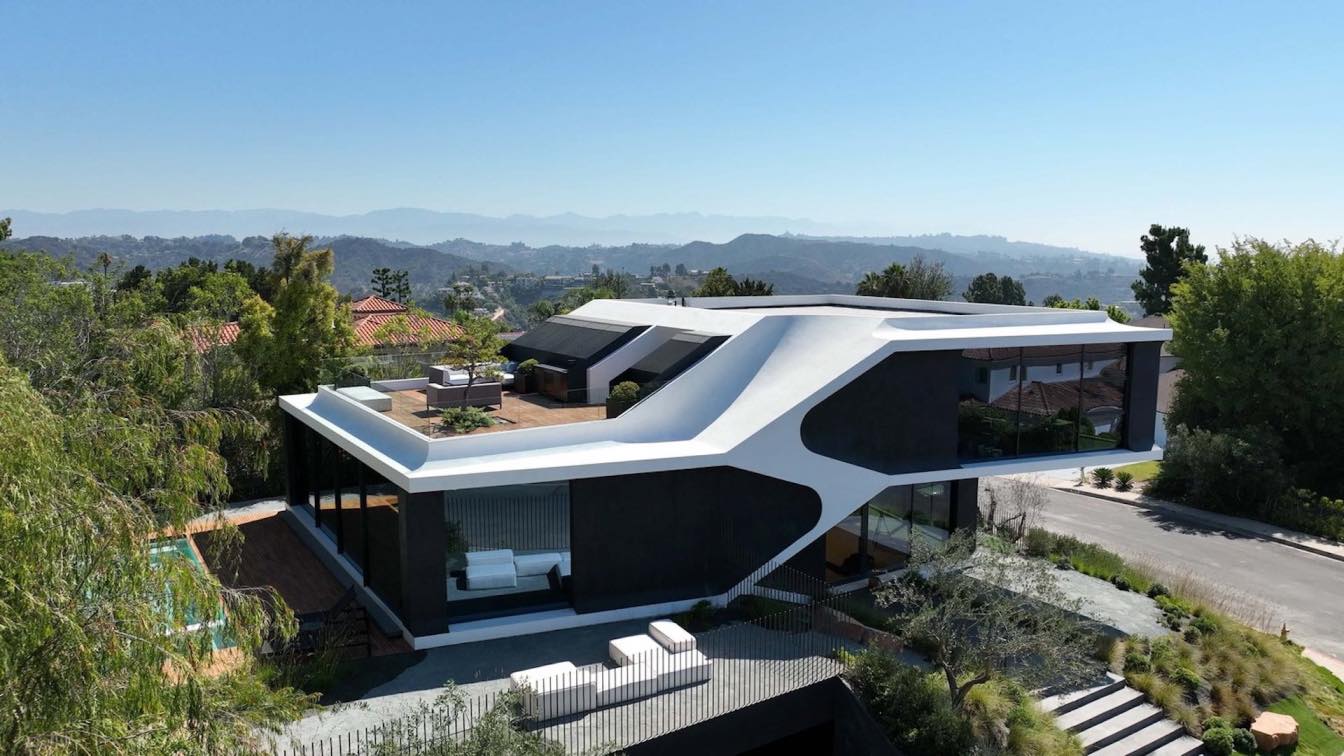
RO54, a single family residence in Bel Air, California (USA) by Arshia Architects
Houses | 2 years agoArshia Architects proudly introduces RO54, perched on a hilltop in the Bel Air neighborhood of Los Angeles, overlooking the Pacific Ocean and the Los Angeles basin
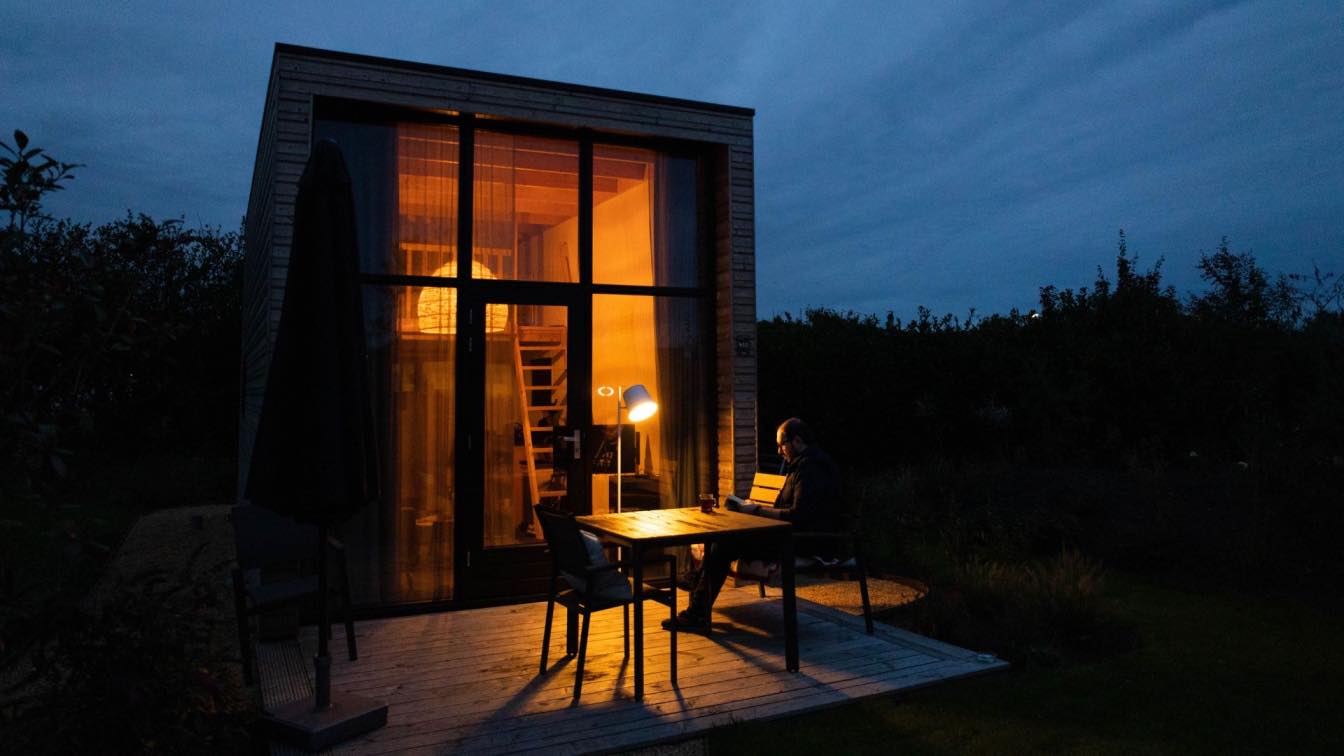
Architects and urban planners are faced with a complex challenge as the cityscape of the twenty-first-century changes. They have to balance accommodating expanding populations with managing spatial constraints, all while adhering to sustainability standards.
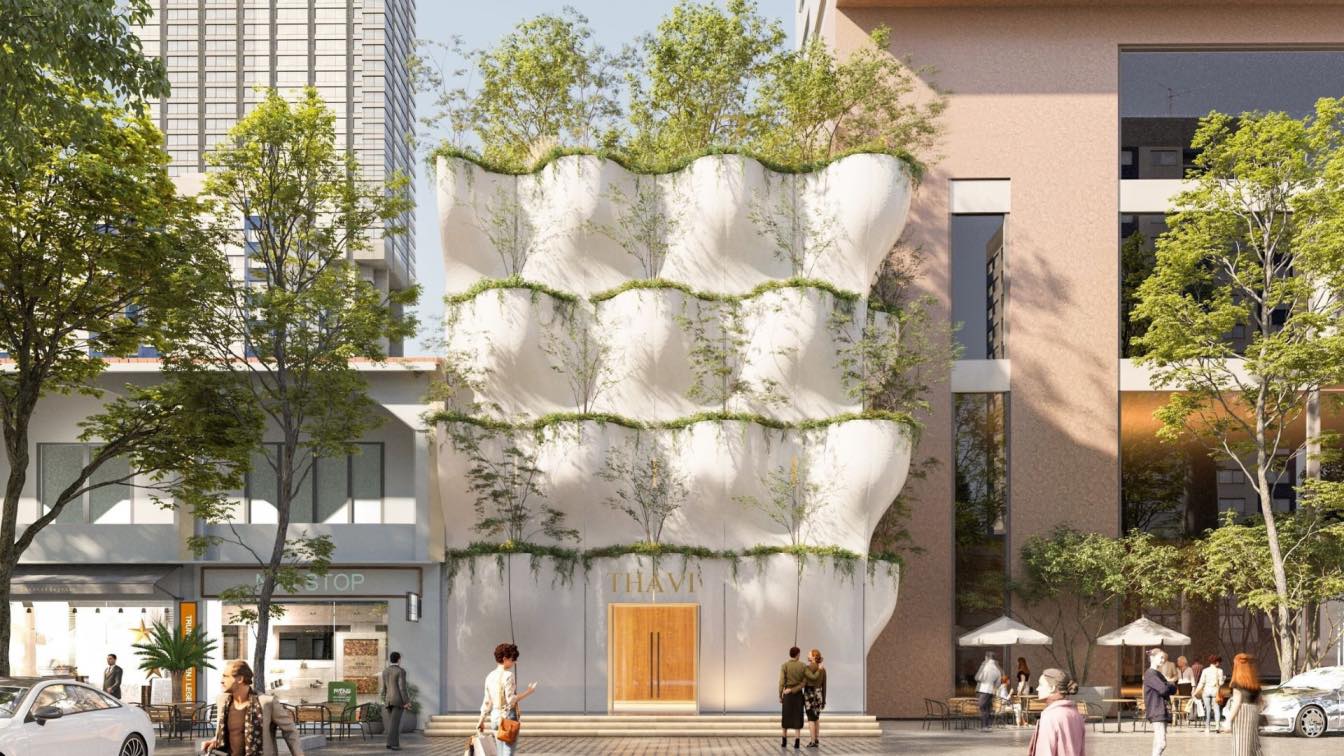
SAVA unveils its plans for Thavi Cosmetic Showroom, a conversion and renovation project located in the center of the City of Vinh, Vietnam. Typically, buildings in Vinh City tend to be hastily constructed without much consideration for well-being, or are simply replicated from European Colonial styles.
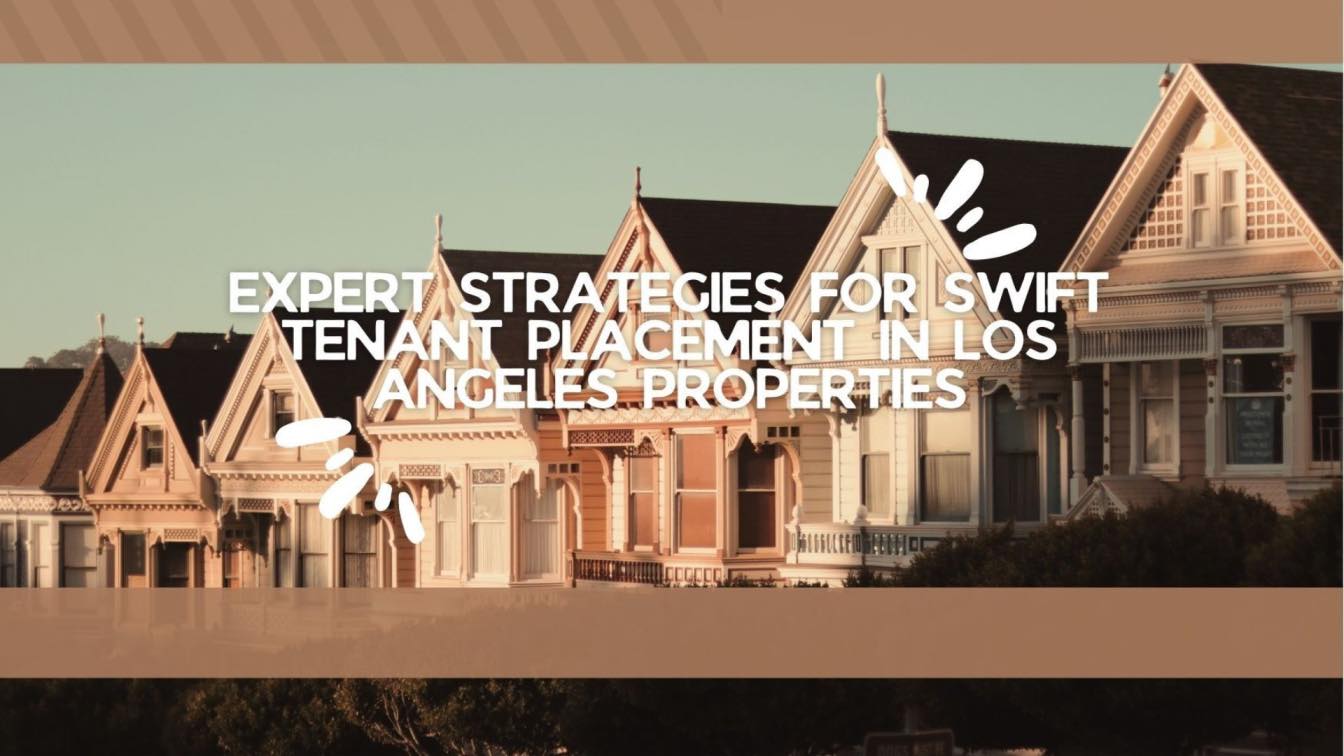
Are you a real estate investor or property manager seeking straightforward strategies to help you quickly and effectively place qualified tenants in Los Angeles properties? If so, this post is for you. We’ll share our top tips for swiftly and easily locating and securing qualified tenants in LA rental properties.
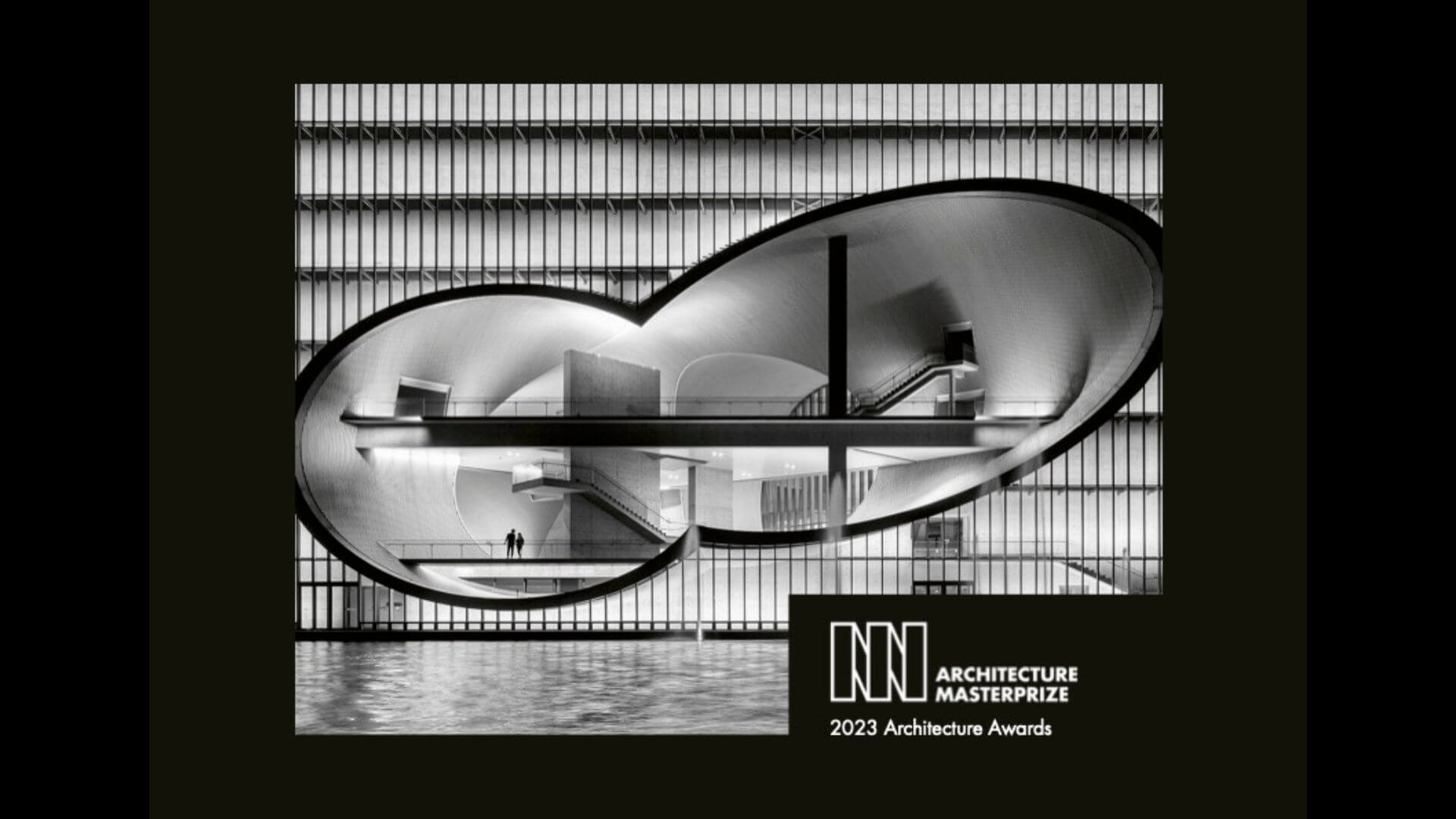
Architecture MasterPrize (AMP) enters its illustrious 8th year of celebrating the world’s best architectural and design achievements, as the 2023 edition of the architecture awards officially opens for submissions from around the world.